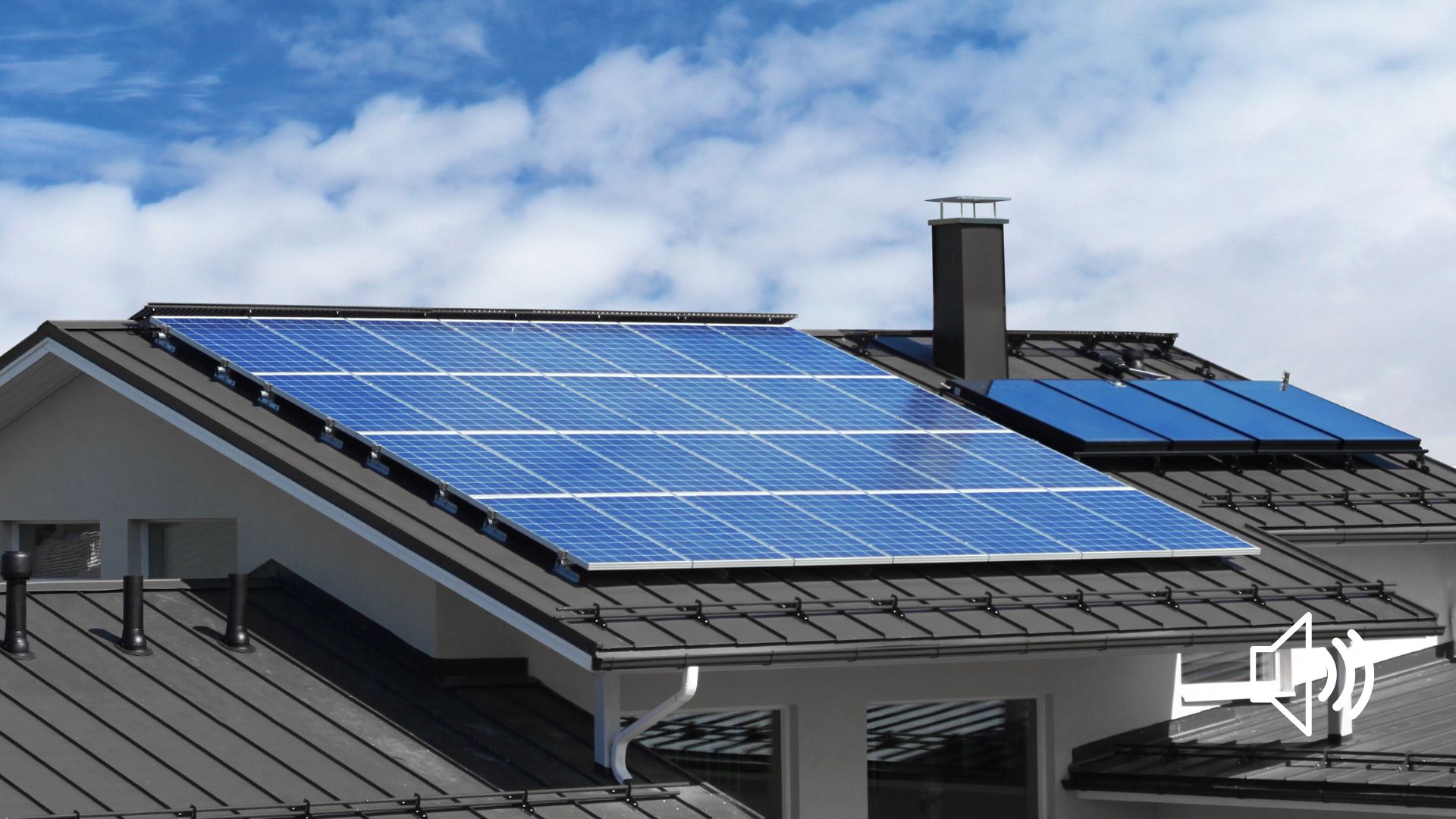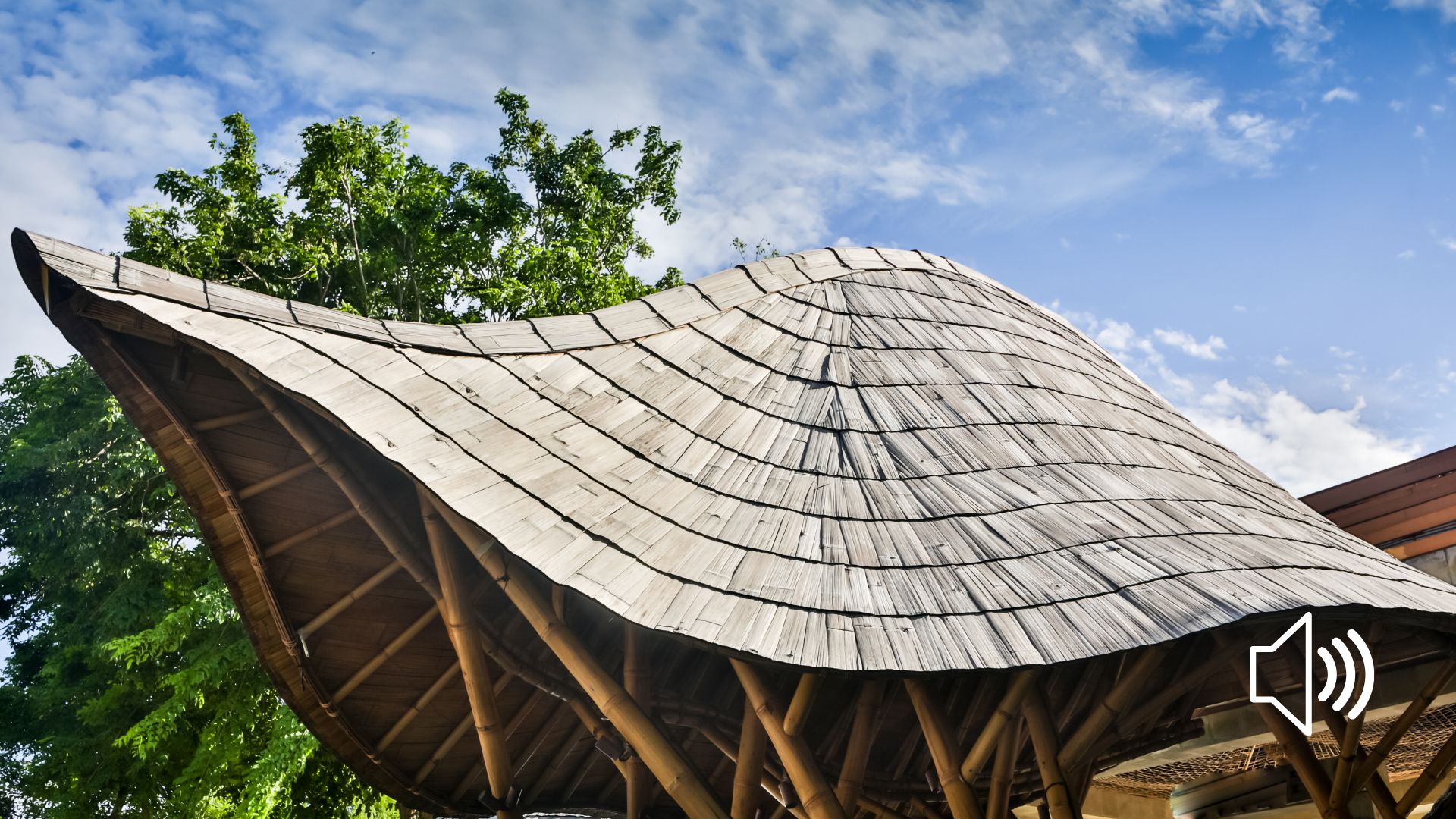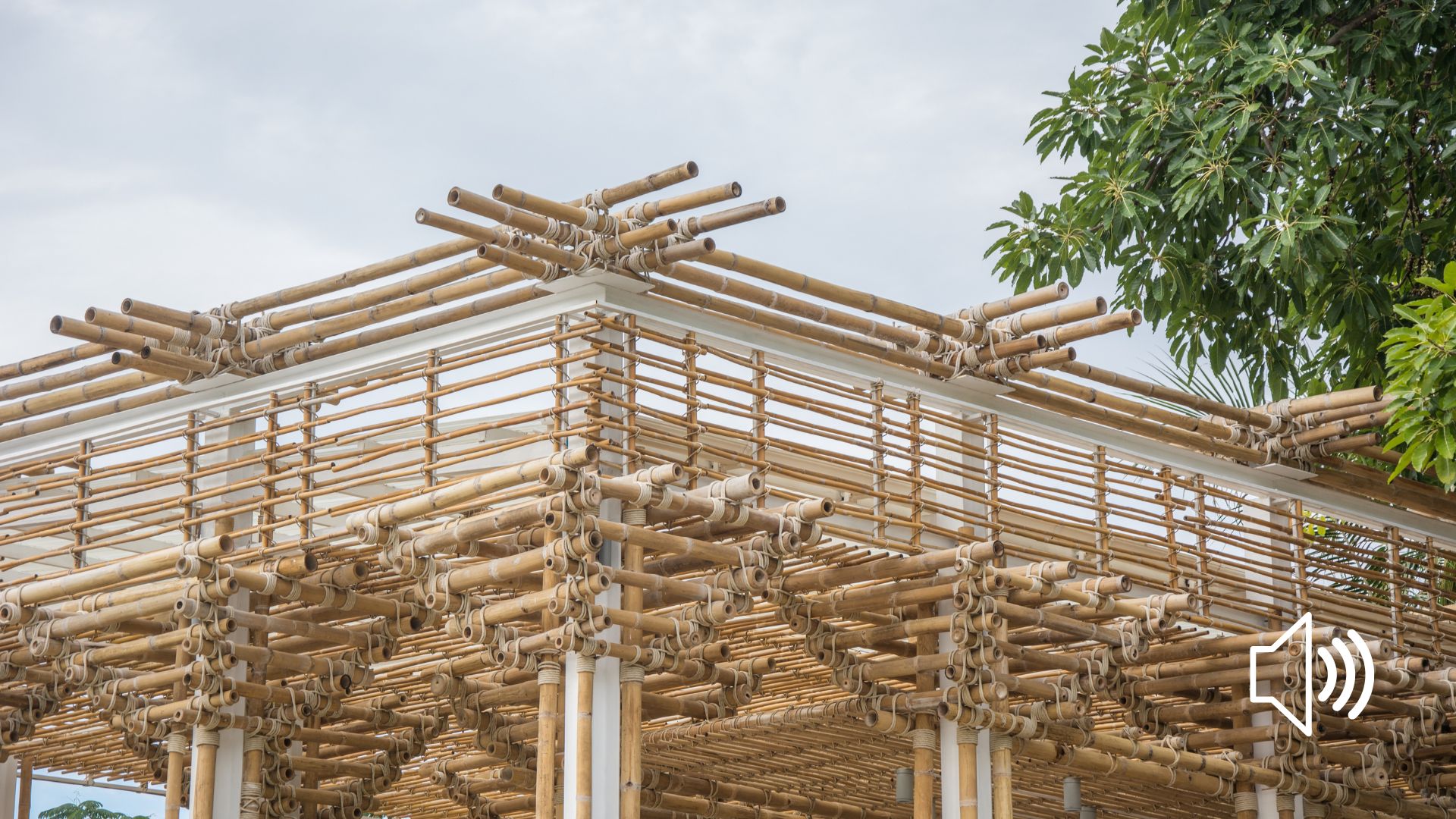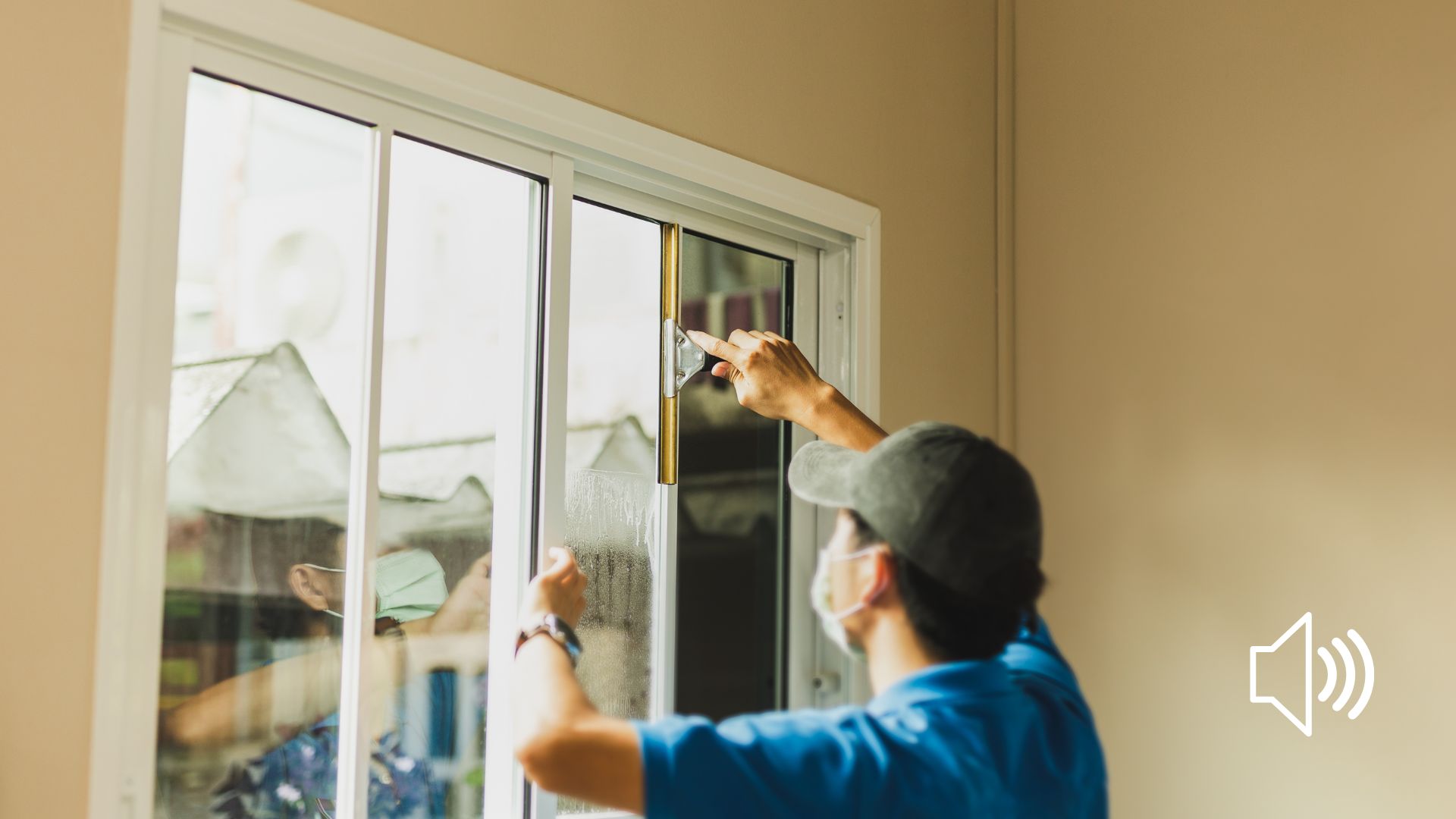Lighting is another significant system in buildings in terms of energy consumption and is an essential element that can influence a space’s ambiance, comfort, and quality. The questions we’ll try to answer in this lesson include: What types of lighting are there? What kind of lighting is best and why? How to choose adequate lighting by its purpose?
A man gathers information primarily by sight, given that a visual world forms his environment. The eye is the most essential sense in our body, receiving 80% of all the information a person obtains. This would be impossible without light – light is a medium enabling visual perception. The speed of information transmission by sight is almost 10 times greater than that by hearing.
Illumination and color, the influence of shadow, and the exchange of light and darkness affect our current emotions and determine our rhythm of life. In addition, light has an impact on our moods and sense of safety. Insufficient lighting or its complete absence creates a feeling of insecurity – a lack of information.
An average European spends 90% of their time indoors; that’s why artificial lighting is crucially important.
And what is precisely light? Light is electromagnetic radiation with wavelengths ranging between 10-7 m and 10-3 m, which stimulates the human eye’s retina, creating a sense of sight in the body. This part of the radiation is called optical radiation.
And what is electromagnetic radiation? Electromagnetic radiation is a form of energy with a spectrum of radiation that provides information about its composition.
What are the most important units of measurement related to lighting?
The first one is a watt. Watts refers to how much energy the light bulb uses. The more wattage a light requires, the more power it will consume to produce light. To emit brighter light, the bulb will also need a higher wattage. For example, a 200-watt bulb will use more power than a 100-watt bulb, giving off more light. However, LED light bulbs are compatible with any fixture, no matter what the wattage requirement is. Later on, we’ll talk more about the classification of light bulbs.
The basic unit of light is the candela [cd], which expresses the intensity of light (luminous intensity).
Luminous flux is the power of radiation emitted by a light source in all directions. The unit of luminous flux is the lumen [lm].
For example, the luminous flux of a standard 100 W incandescent bulb is 1,380 lm, while that of a high-quality 18 W fluorescent tube is 1,350 lm.
How Many Lumens Do I Need? Lumens refer to the amount of light that is radiated or the brightness of the bulb. Similar to watts, the higher the lumen, the brighter the light. To understand how many lumens you need, you must first find the square footage of the room or area you are trying to light. To find the square footage, multiply the room’s length by the width.
Illuminance is the measure of the quantity of luminous flux incident on a surface. The unit of illuminance is lux [lx].
So, everything must be illuminated for us to see it because the light itself is invisible. On a sunny day, the illuminance is up to 100,000 lx, in a tree shade 10,000 lx, while it amounts to only 0.25 lx in the moonlight. However, thanks to the adaptability of our eyes, we can see in all these conditions.
+tabela potrebnog osvetljenja po vrstama namene
The luminous efficacy of a light source is defined as the ratio of the generated luminous flux of the light source to the input power. Luminous efficacy shows how well the input energy is converted to light. The theoretical maximum of efficacy at which all the energy is converted to visible light is 683 lm/W. In reality, this number is much smaller ranging between 10 and 150 lm/W. Luminous efficacy is one of the basic parameters for rating the cost-effectiveness of a lighting system.
Visible radiation is perceived by the human eye by the intensity of light and its colors. That sensation is called color stimulation, while it is irrelevant if it’s radiation of a source (color of light) or an illuminated object (color of an object), given that light is the only source of color in the world. Light is permanently colored, and the presence of individual colors can be established by analyzing particular wavelengths.
To mark the color of a light source, the term color temperature is used in addition to the so-called trichromatic diagram.
The color temperatures of a light source can be divided into four groups.
The first group is Candlelight (1,000 K–2,600 K): Light bulbs with less than 2,000 K give off a dim glow, similar to Candlelight. They are not typically used for illuminating large work areas and are better used to provide a soft glow and ambiance to the room. Light bulbs with more than 2,000 K give off a soft glow and can be used anywhere you like ambient lightings, such as table lamps and floor lamps.
The next is Warm White (2,600–3,000 K): This is the standard color of an incandescent bulb and is ideal for bedrooms, dining rooms, and living rooms. They are typically used as ceiling and wall lights.
Neutral white (3,000–5,000K): This cool white-colored option provides a bright light. It is excellent for task lighting, especially in your kitchen, home office, and bathroom.
Finally, Daylight (5,000 K+): This provides a crisp light that is similar to daylight. This color temperature is perfect for areas with specific tasks, such as studying or reading, and outdoor and security lighting.
Depending on use, artificial light should provide that colors are seen as illuminated by natural light. This quality of the light source called color rendering is expressed by the color rendering index (the so-called CRI). Color rendering is not connected to color temperature so that the light quality cannot be determined based on color temperature.
In addition to the characteristics mentioned above of a light source, such as luminous flux, illuminance, color rendering, color temperature, luminous efficacy, the following properties, highly interconnected, should also be considered when choosing to light: compactness, space requirements, light bulb size, the impact on architecture, light directivity, the complexity of use, simplicity, occupant comfort (temperature and color rendering), controllability, easiness of replacement, cost-effectiveness, luminous efficiency, lifespan, price, replacement cost, environmental impact, building geometry, daylight factor, installed capacity, operating time and occupancy, daylight availability and control strategy, energy consumption, natural resources consumption and disposal at the end of their life.
As we can see, lighting is a serious and professional task that is best entrusted to experts in the field, although it is also essential to explain some basic concepts that will facilitate building designing for us architects.
Now let’s have a look at the types of light sources that exist and their evolution. The man began using fire as a source of light and warmth 400,000 years ago. The first lamp was invented around 70,000 BC. A hollow rock or cocoon was filled with moss (or similar material) soaked in animal fat, then burned. In the 7th century BC, the Greeks began making the so-called terra-cotta lamps to replace torches. In the 18th century AD, oil lamps began to be used, which was the first attempt to control light intensity, while in the 19th century, gas lamps became popular. A turning point in the development of lighting occurred in 1879 when Thomas Alva Edison, using an advanced carbon filament, and introducing vacuum inside the light bulb, successfully demonstrated its operation. Over the last few years, the development of light sources and lamps has been highly dynamic, including the latest technologies, new optical systems, new materials, and, especially more recently, concern for the environment.
Lighting is primarily divided into natural and artificial light sources. Obviously, the sun is a natural light source, while lamps or light bulbs are artificial ones. We won’t be dealing with the sun as a daylight source in this course but in the following one. Now, we’ll briefly mention the most common types of lightbulbs used in buildings today.
……………………
The oldest type of light bulb is the incandescent light bulb or lamp – it is a source of electric light that works by incandescence, which is the emission of light caused by heating the filament. They are made in an extremely wide range of sizes, wattages, and voltages. They produce light through thermal radiation. Light is generated by an electric current that passes through an incandescent wolfram filament, heating it to a temperature of 2,600 to 3,000 K. Most of the radiation is emitted in the infrared part of the spectrum. The basic properties of a standard light bulb – luminous efficacy and lifespan – are affected mainly by the filament temperature. The higher temperature, the greater the luminous efficacy and the shorter lifespan. The luminous efficacy of a standard 25–500 W incandescent bulb is 9-17 lm/W.
Between 5-10% of the input electricity is converted into light and the rest into heat. The lifespan of a standard incandescent light bulb under normal using conditions is 1,000 hours. Despite the low luminous efficacy, their characteristics, such as warm and pleasant color, absence of flickering, instant accomplishment of maximum luminous flux, easy handling and installation, and low cost, incandescent light bulbs are still the most dominant source of light in the world.
However, it should be emphasized that with developing technology and raising awareness of the need to protect the environment, this type of light bulb is increasingly going out of use in many countries. Up to 80% of energy for lighting can be saved if other light bulbs of appropriate power are used instead of standard light bulbs while maintaining the same space lighting conditions.
The halogen light bulb or lamp is an incandescent lamp that uses halogen gas to increase light output and rated life. They are known for moderately high efficiency, quality of light, and high rated life compared to regular incandescent lamps. The addition of halogens (bromine, chlorine, fluorine, and iodine) to the gas filling prevents almost completely the blackening of the bulb, maintaining thus an almost constant luminous flux throughout its lifespan. Thanks to the latter characteristic, a much smaller bulb with a higher pressure gas filling can be made, further increasing the efficiency of inert gases – krypton and xenon in the filling. Furthermore, the filament can be heated to a much higher temperature, increasing thus the luminous efficacy (which was not possible in a standard light bulb because of the increased evaporation of wolfram at higher temperatures). The main advantages of a halogen light bulb over a standard one are higher luminous efficacy (up to 25 lm/W), longer lifespan (up to 4,000 hours), optimal light control, small dimensions, a continuous luminous flux over the lifespan, and higher color temperature – bright, white light.
Like a standard incandescent light bulb, a halogen bulb is very sensitive to voltage changes. The lifespan is primarily affected by these changes in low-voltage bulbs (12 V). For example, an increase in voltage of only 5% reduces the lifespan by 40%!!! This drastic change happens because the halogen circular process occurs only within strict temperature (voltage) limits and stops at more significant deviations, automatically reducing the lifespan to a considerable degree.
Halogen light bulbs are most commonly used in households as an additional light source on the desk, above the bed, or in the bathroom. Because of their small dimensions, they are very suitable for decorative lighting.
The next type is a fluorescent light bulb. The linear fluorescent light bulb or lamp is a type of gas-discharge lamp. Linear fluorescent bulbs come in a wide variety of lengths, diameters, wattages, and color temperatures. They are known for high energy efficiency, long life, and relatively low cost. Linear fluorescent lamps are functionally identical to compact fluorescent (CFL) lamps.
Phosphors and a noble gas such as argon are also contained within the glass envelope. Both are gas-discharge lamps that use electricity emitted from cathodes to excite mercury vapor contained within the glass envelope, using a process known as inelastic scattering. The mercury atoms produce ultraviolet (UV) light, which causes the phosphors in the lamp to fluoresce or glow, making visible light. These lamps do rely on outside power sources and regulation from ballast.
They are characterized by relatively long life, on average over 15,000 hours. There are circular and U-shaped fluorescent light tubes.
Linear fluorescent lamps are one of the most popular lighting solutions globally due to their high efficiency, low cost, and extensive range of applications they can be used for. They are the primary light source in most commercial settings and are also used in many household environments. They can be used indoors and outdoors, and using the right accessory equipment, they can also be dimmed and used in icy conditions such as freezers and outdoor signs. In short, linear fluorescents can be used almost anywhere.
Like all discharge lamps, fluorescent tubes cannot be connected directly to the mains but need a damper, while an older generation of these tubes needs a muffler and a starter (they need more power when started than in operation are used only with magnetic dampers). Modern lighting systems are increasingly using electronic dampers. The use of modern technologies and methods provides considerable opportunities for energy savings. For example, by replacing a magnetic muffler with an electronic one, up to 25% energy saving can be made, the lifespan of fluorescent tubes is extended, the operation is without flickering that occurs with magnetic mufflers, and maintenance costs are lower. Ergonomics studies have confirmed that latent light flickering is a stress factor for the people exposed to it, especially when working with a computer. Although 70% of the produced light sources are fluorescent tubes, their presence in households is minimal.
In households, fluorescent tubes are commonly used to light task areas on the kitchen counters, while in more significant residential buildings, they are used as lighting in elevators. It is important to note that all discharge lamps that contain mercury (including fluorescent tubes) belong to a group of products treated as hazardous waste and cannot be disposed of as trash but collected and further processed mainly through recycling, which is the task of companies registered for that activity.
Compact Fluorescent Lamps are actually folded fluorescent tubes which have smaller overall dimensions of the light source but retain all the characteristics of fluorescent tube operation. Compact Fluorescent Lamps are often abbreviated as CFL bulbs. They belong to a group of low-pressure sodium lights, where the light is generated by the principle of photoluminescence.
Like most discharge lamps, compact fluorescent bulbs must have a device placed in series to limit the electric current. This ballast, called a muffler, limits the drive power to a value for which the bulb was made, ensuring thus the required starting and drive voltage.
Thanks to their compact dimensions, compact fluorescent bulbs have been primarily developed as a replacement for standard 25 to 200 W light bulbs, but given constant development, the field of their application has considerably expanded, and today they are one of the most popular light sources because they combine the high efficiency of fluorescent tubes and compact dimensions.
Finally, we come to a Light-Emitting-Diode Lamp – LED, a queen among artificial lighting. Since we live in a time when technology is developing at an incredible speed, we’ve decided to acquaint you with the benefits of LED bulbs through a guide, so you can have much more lighting in your home or business space while saving. By using LED bulbs, you will save electricity while receiving the same amount of light. Furthermore, using the same amount of energy, LED lamps to provide much more light, the intensity of which is always constant. Towards the end of their life, the light they emit decreases but keep in mind that their average lifespan is much longer than standard light bulbs.
We are often confused about which light bulb to choose, starting from considering the power expressed in watts (W), which indicates electricity consumption. If we think of watts and lumens, the advantage of LED bulbs, reflected in their efficiency, comes to the fore. On the other hand, lumens (lm) show the quantity of light the bulb emits. More precisely, a 9 W LED bulb produces light with the intensity of 750 lm, the same as a classic 75 W bulb.
What to pay attention to when buying LED bulbs? First, choose the LED bulb intensity by comparing lumens and not watts and pay attention to light color expressed in kelvins. Choose the bulb socket you already have in the chandelier or lamp; if you are using a dimmer to adjust the light brightness, buy a dimmable LED bulb, and check the warranty period – quality LED products often come with a two-year warranty.
When it comes to light color, warm white LED bulbs – most suitable for home lighting (living rooms and bedrooms), have a pleasant warm light that comes closest to classic and halogen bulbs. White LED bulbs – most suitable for bathrooms, kitchens, business premises, and offices, give off a bit larger amount of light than warm white LED bulbs, while cool white LED bulbs are most commonly used as reflectors for night lighting of facilities, buildings, shop windows, yards, etc.
In addition to different shades of white color, LED bulbs are produced in other colors: blue, red, green, etc. Such LED bulbs are most commonly used for decorative lighting and LED displays, and illuminated advertisements.
As far as their shape is concerned, light bulbs are available in various conditions. The correct shape can complement your home’s style. Have a traditional chandelier? Opt for a candle or candle-angular-shaped light bulb. Have a modern pendant light? Choose a globe-shaped light bulb. Check out the most popular light bulb shapes. It’s important to note that while these names are relatively common throughout the industry, there is no universal set of terms to describe the shape of a light bulb. For example, a compact fluorescent light bulb (CFL) will be described as a “twist” or “spiral” shaped bulb. Because of this, we recommend that you bring your old light bulb with you to the store so you can compare it with your new light bulb to ensure it’s the proper shape and size.
Let’s go back again to the four most common types of light bulbs to see the key differences between them, while lighting will be discussed in more detail in one of the following courses dedicated solely to this topic and suited to us architects.
So, as you can see in the picture, first we will compare which of these bulbs is the most efficient, i.e., how much electricity each of them uses to produce the same amount of light. If we look at how many watts each of them needs for 1600 lm, we will see that the first, oldest type draws up as much as 100 W, while the most efficient LED needs only 20 watts, which is five times less. Furthermore, a large amount of the energy in the first example doesn’t go on lighting, but almost 90% is spent on thermal energy, while in LED lamps, that unnecessary heating is reduced to a minimum.
Another critical parameter is the lifespan, which in the worst option of Incandescent Bulbs is only 750 hours, while LED bulbs can last as many as 20,000 hours. Although they are more expensive to buy, it is clear that LED bulbs are absolutely cost-effective, especially in public and business spaces that require lighting additional to daylight for most of their working time.
…………………
In general, we can say that savings by:
- Introducing a new lighting system with energy-saving light bulbs consist of several elements, including electricity-saving due to reduced consumption by the lighting system,
- Saving on purchase costs because of the longer lifespan of the bulb, electricity-saving thanks to reducing additional heating of space by lighting or saving on air conditioning,
- Increased comfort and safety due to greater reliability of the lighting system,
- Reduced load on power lines, the lower sensitivity of the system to operating voltage and
- The use of a more environmentally friendly light source, e.g., reduction of emissions of CO2, NOx, etc.
When lighting and energy efficiency are concerned, it is essential to mention a lighting regulation or control system. Whether we have this system or not, the basic principle for energy saving in an electric lighting system is: When you don’t need lighting, don’t use it!!! Namely, lighting often stays on in a room even if nobody is using it or when a person leaves the room because they intend to return there soon. In this case, it’s of no importance whether you have the most energy-saving light bulb if it is on without the need for it.
The most energy-efficient measure to improve indoor light comfort is to use daylight as much as possible. Daylight ensures a healthier indoor climate, provides greater visual comfort, makes the space brighter and more comfortable to stay in, saves energy and money, reduces emissions of harmful gases, and saves the limited global energy sources. For all these reasons, we should maximize the possibilities for using daylight. However, as daylight is often insufficient, we use artificial lighting, with the level of brightness prescribed by each country’s standards or by professionals.
Energy savings achieved in this way don’t make sense. In addition to harming vision, insufficient lighting causes stress, reflected in increased fatigue and distraction. Therefore, saving should not be detrimental to eyesight and everyday living and working conditions due to poor lighting.
In the same way, excessive lighting is not good and harms health. When furnishing an apartment or house, the right choice and placement of lighting fixtures in both functional and decorative sense are just as important as the choice of furniture or wall colors. Unfortunately, very often, too little attention is paid to this segment, so lighting fixtures with corresponding electrical installations, by the designer’s choice (taking the line of least resistance) end up in the middle of the room with several sockets randomly placed on the walls.
Fortunately, today (especially in the so-called urban villas to regulate lighting in the living room), daylight-linked automatic lighting regulation-control systems are increasingly used. Such systems adjust indoor lighting by the daylight contribution and thus save energy.
Furthermore, daylight-linked automatic lighting control systems have become a practice in newly built office spaces. Energy savings achieved in office spaces justify the initial investment. However, these systems are not so widely used in households because of the relatively long return period on the initial investment due to high installation costs and lesser (in terms of the number of hours) use of artificial lighting during the day in households.





